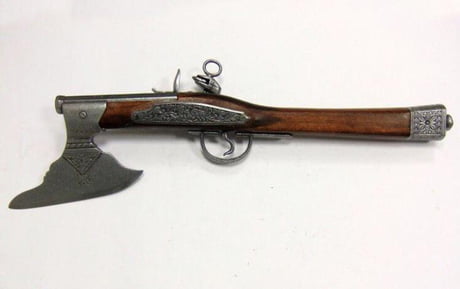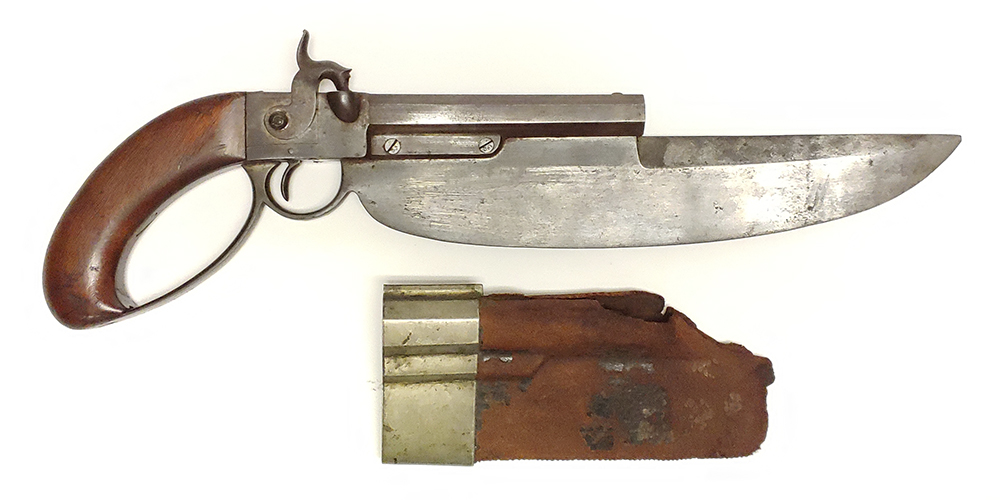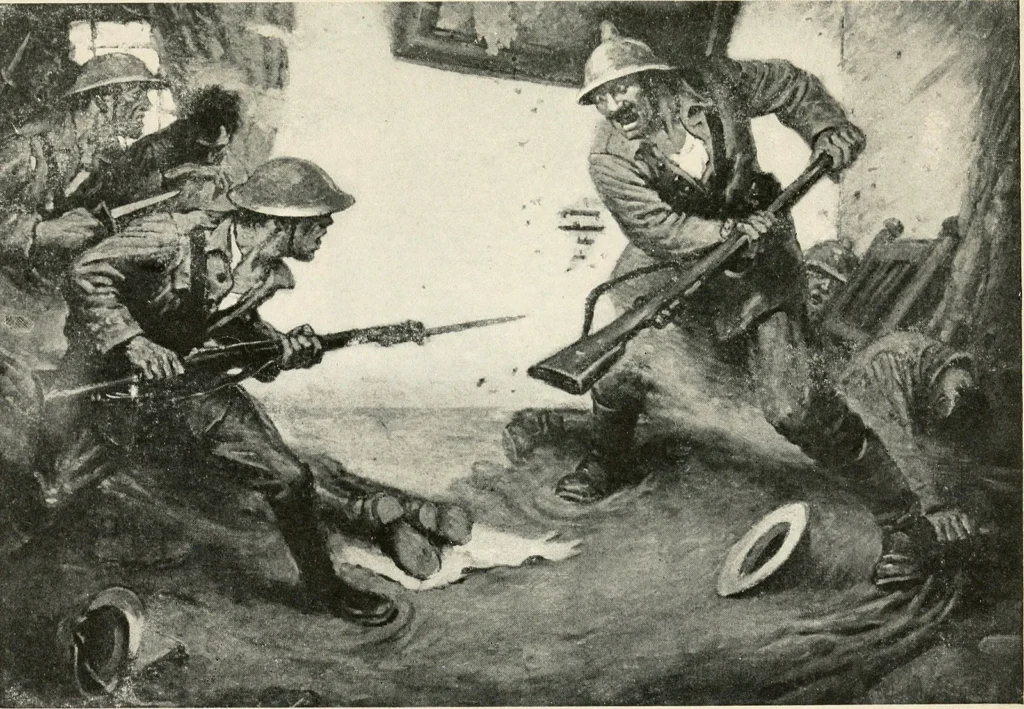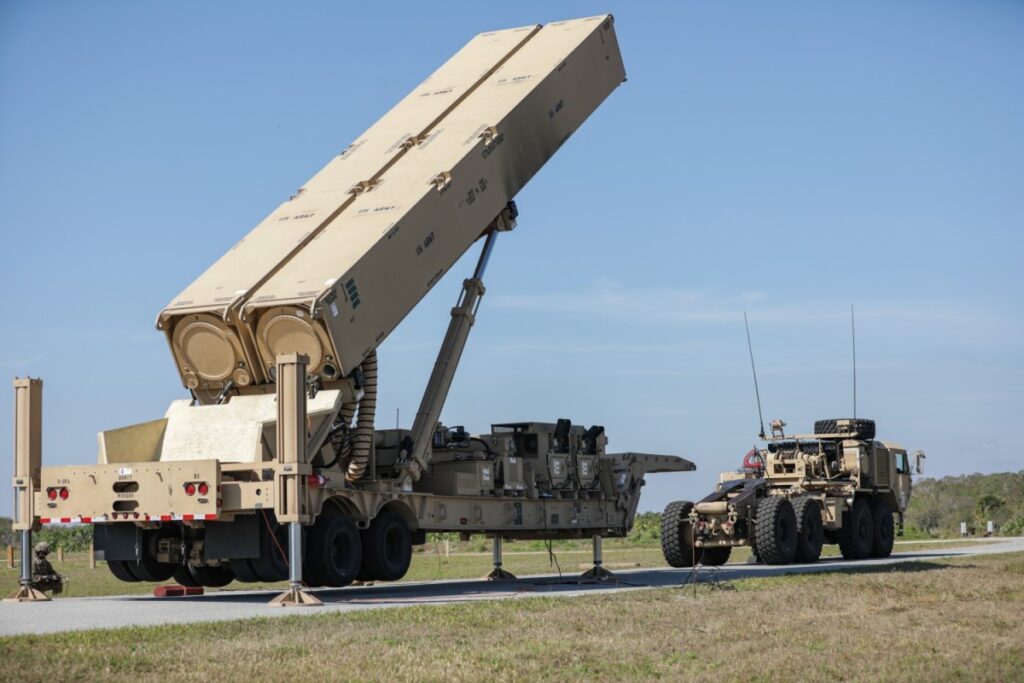I got an idea, let’s take a sword and turn it into a gun! Kind of like the Final Fantasy 8 gun blade! That sounds cool, but it’s not an original idea. Ye olde combination weapons have been kicking around since at least the 16th century. There was a time when early firearms and swords crossed paths often, and it shouldn’t be a surprise that someone put them into a blender to make what we call combination weapons.
The edge to combination weapons
Early firearms were slow to reload, unreliable, and inaccurate. Therefore, the combination weapon seemed like a solid plan, as you could fire a shot, and hopefully, shoot down your enemy, but if the shot missed or failed to fire, you still had a sword, ax, or knife to keep fighting.
Combat at close range seemed to be the perfect realm for combination weapons.
Combination weapons seem to be the bee’s knees, so who used these seeming fantastical weapons? We’ve gathered five famous examples of combination weapons.
Related: My 5 favorites pieces of issued gear
1) Henry VIII’s bizarre combination weapons

A legend revolving around Henry VIII touts that he had a fascination with combination weapons, and that some of his royal guards had shields with pistols built on them.
These weapons fired from the middle of the shield, and the shield had a small window built into it to make seeing the threat possible.
Henry VIII also had his somewhat faced walking stick. This stick was a morning star-style club with three barrels built-in to give him three shots. Supposedly, he carried it while walking in London in disguise. His weapon was nicknamed the Holy Water Sprinkler due to its resemblance to it.
2) Swedish boarding ax

I have a lot of respect for boarding parties of old. It’s the Marine in me. I can see this weapon’s potential appeal. This combination of boarding ax and carbine gave the border a double dose of fighting power.
Boarding axes featured a long beard to work as a hook. The blade could be a pry bar and, of course, a weapon.
Boarding axes were multi-use tools, and the Swedes added a gun to the mix. I can’t fault their logic. Personally, I’d see these as incredibly handy when loaded with shot versus one solid ball. The Swedish boarding ax varied widely in size and shape, but it was apparently in service up until percussion guns came to be.
Related: Dragoons – The beginnings of modern mounted infantry
3) Polish cavalry ax-pistol

Another fan of the ax-and-gun combination were the elite Polish cavalry units. These forces wielded the ax gun for 200 years. While the Swedes used an ax and carbine, the Polish combination weapons were more akin to a pistol and tomahawk.
The Polish invention was a smaller, one-handed weapon necessitated by a need to hold the reins of a horse as you slashed and shot your way across a battlefield. I imagine that mounted cavalry forces thundering at you, shooting their pistols, and then engaging with their axes would have been mighty terrifying.
4) United States Navy Cyrus B. Allen Elgin patent cutlass pistol

Yep, the United States even adopted a combination weapon. The Elgin Patent Cutlass pistol combined a bowie knife with a single shot .54 caliber pistol. With its 11 inches of slightly curved blade and a big sheath, it was an all-in-one weapon. This was also the first percussion cap weapon adopted by the U.S. Navy.
The Navy only purchased 150 of these weapons, and they were intended for the famous Wilkes South Seas expedition, where they armed scientists and sailors. The cutlass pistol was used in combat in Fiji and stuck around in the arsenal for decades after.
5) The bayonet

The most famous and most widely produced of all the combination weapons is the bayonet. The success of the bayonet came from its simplicity. The bayonet is ridiculously easy and cheap to produce and attaches to the rifle you’re already carrying making it essentially a spear and increasing its reach.
To this day, bayonets are still widely issued.
The problem with combination weapons
However, combination weapons, besides the bayonet, never gained widespread adoption. This was for a number of reasons: First, they were expensive and slow to produce as they had intricate designs to ensure they functioned as both weapons.
Second, they tended to be unwieldy. For example, a cutlass pistol is huge; much bigger, and heavier than a standard pistol. Instead, arming a soldier with a pistol and a knife was the cheaper option. Also, I’d imagine it’s fairly easy to break the small and fragile parts of your flintlock by using it like an ax.
Combination weapons sure are neat, though. They have this fantasy weapon look and feel to them. Heck, if they made a modern replica of the Swedish boarding ax, I’d buy one.
What say you? Do combination weapons tickle your fancy?





